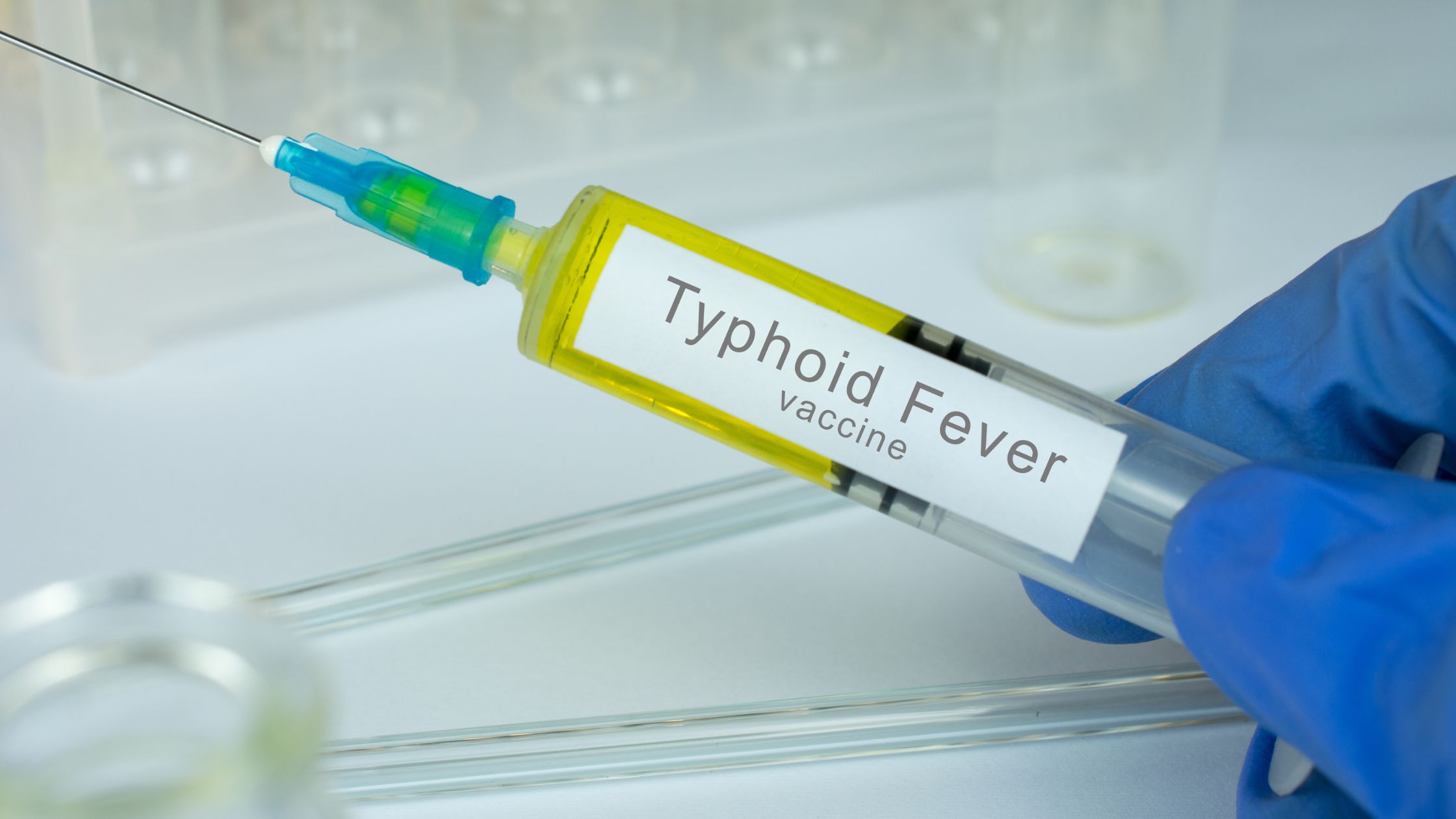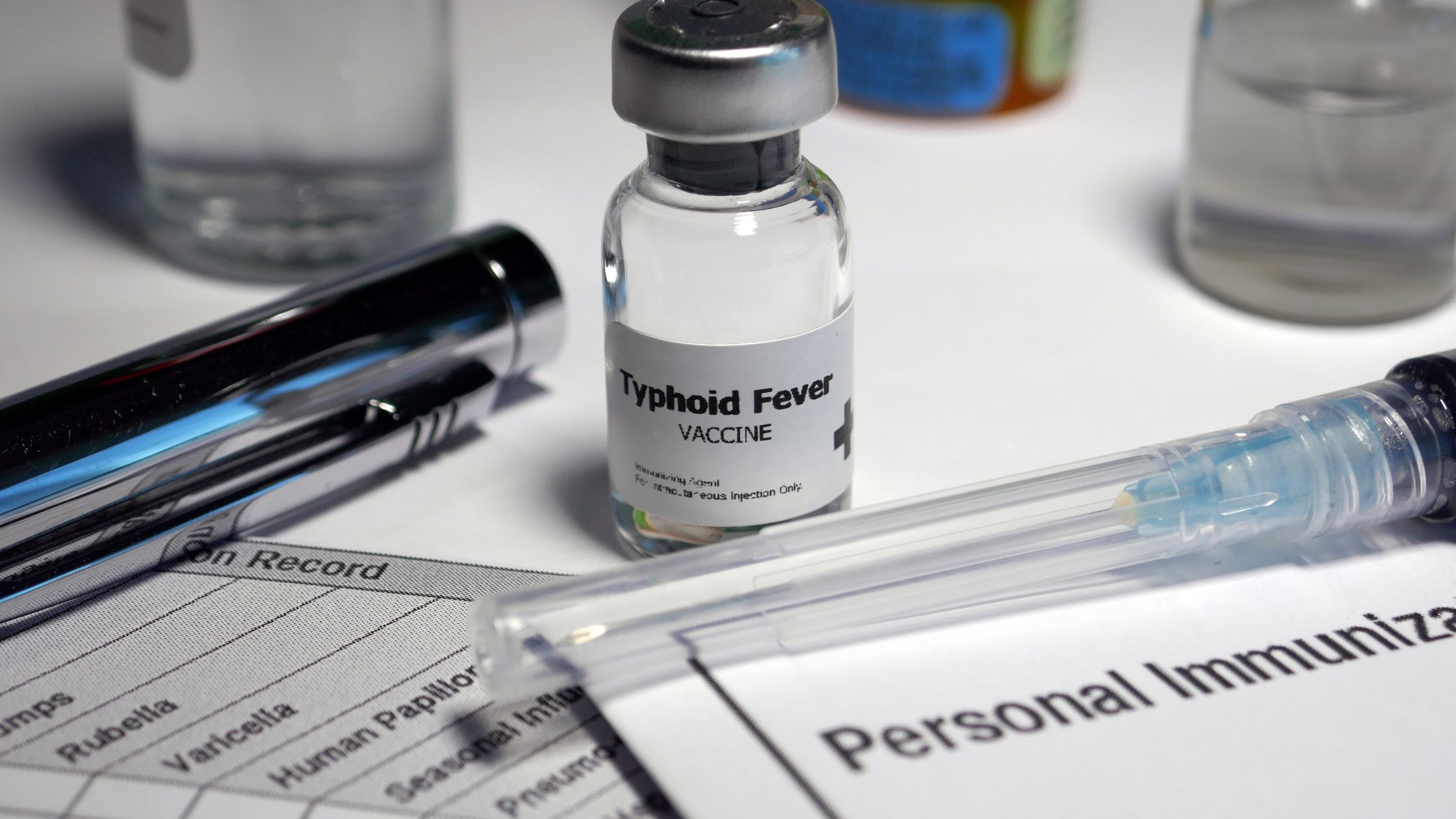
Widal Test Positive: What It Means and What to Do Next
Typhoid fever is a serious illness that still affects millions globally, particularly in regions with poor sanitation and limited access to clean drinking water. To diagnose this condition, healthcare providers often rely on the Widal test—a simple yet widely used blood test. However, getting a Widal test positive result can be confusing if you’re unsure what it means. In this article, we’ll walk you through everything you need to know about the Widal test, how to interpret a positive result, and what steps you should take next to protect your health.

Table of Contents
- What Is the Widal Test?
- Understanding a Widal Test Positive Result
- How Reliable Is the Widal Test?
- What Should You Do After a Positive Result?
- When to See a Doctor
- Conclusion
- FAQs
What Is the Widal Test?
The Widal test is a diagnostic tool used to detect typhoid and paratyphoid fevers. It measures the presence of specific antibodies, namely agglutinins, against the Salmonella typhi and Salmonella paratyphi bacteria in a patient’s blood. Doctors generally recommend the test when a patient experiences symptoms such as:
- Persistent high fever
- Abdominal pain or discomfort
- Diarrhea or constipation
- Loss of appetite
- General fatigue
This test is often conducted in areas where typhoid is endemic due to its affordability and ease of use. Despite these advantages, the Widal test should be interpreted carefully and never used in isolation for a definitive diagnosis. Learn more about Typhoid Fever.
Understanding a Widal Test Positive Result
If your results come back Widal test positive, it suggests that your body has produced antibodies against Salmonella bacteria. This usually points to a recent or current infection. However, it’s important to understand that a positive test doesn’t always mean you have typhoid fever at that moment.
For instance, a person may test positive due to:
- A past infection with Salmonella
- Recent vaccination against typhoid
- Cross-reactivity with other infections
- Chronic carrier state
Therefore, doctors often look at antibody titres—the concentration of antibodies in your blood. A significant rise in titres over a few days provides stronger evidence of active infection. Additionally, your symptoms, history, and other diagnostic tests help confirm whether you’re truly dealing with typhoid.
How Reliable Is the Widal Test?
The Widal test, while widely used, has some limitations. One of the main concerns is its sensitivity and specificity. A Widal test positive result may not always reflect a current infection, especially in endemic regions where many individuals already have some level of antibodies due to past exposure.
Moreover, timing plays a crucial role. If the test is performed too early in the course of illness, your body may not have produced enough antibodies yet, leading to a false negative. On the other hand, testing late—or after vaccination—might yield a false positive.
For better accuracy, doctors often perform the Widal test in combination with:
- Blood cultures (gold standard for diagnosis)
- Stool or urine cultures
- PCR or molecular testing in advanced facilities
These complementary tests provide a clearer clinical picture and reduce the risk of misdiagnosis.

What Should You Do After a Positive Result?
After receiving a Widal test positive result, your first step should be to consult a healthcare professional. Avoid jumping to conclusions or starting antibiotics on your own. A doctor will:
- Review your symptoms thoroughly
- Analyze your travel or exposure history
- Consider other test results and medical findings
- Determine whether the antibody titres suggest an active infection
If the diagnosis confirms typhoid fever, the doctor will prescribe a course of antibiotics tailored to your condition. It’s crucial to complete the full treatment, even if symptoms improve early, to prevent relapse or complications.
In some cases, if the test appears inconclusive, your doctor may repeat the Widal test after a few days to check for rising titres.
When to See a Doctor
You should never ignore warning signs. Seek medical attention immediately if you experience:
- High-grade fever lasting more than three days
- Abdominal cramps or bloating
- Persistent fatigue or weakness
- Loss of appetite and unexplained weight loss
- Blood in stool or extreme diarrhea
These symptoms may indicate a serious bacterial infection requiring urgent care. Early treatment can prevent complications such as intestinal perforation, internal bleeding, or long-term carrier states.
Conclusion
A Widal test positive result is a valuable piece of information, but it should never be interpreted in isolation. While it suggests the presence of antibodies against Salmonella, it doesn’t confirm an active typhoid infection on its own. For a proper diagnosis, you must consult a qualified healthcare provider and consider additional tests.
If you want reliable diagnostic services and expert guidance, you can visit Salus Clinics & Diagnostics, where experienced professionals ensure accuracy, care, and confidentiality.

FAQs
- What does a Widal test positive result mean?
It means your blood contains antibodies against Salmonella bacteria, which may indicate a past or present infection. A doctor must assess it further.
- Can I rely solely on the Widal test to confirm typhoid fever?
No. The Widal test is only one part of the diagnosis. Other tests, including blood cultures, provide more accurate confirmation.
- How soon should I take the Widal test after developing symptoms?
Doctors usually recommend the test after 5–7 days of symptoms, when antibodies are more likely to appear in detectable amounts.
- Is the Widal test safe and affordable?
Yes. The test is minimally invasive, safe, and relatively inexpensive, making it accessible in most clinics and hospitals.


